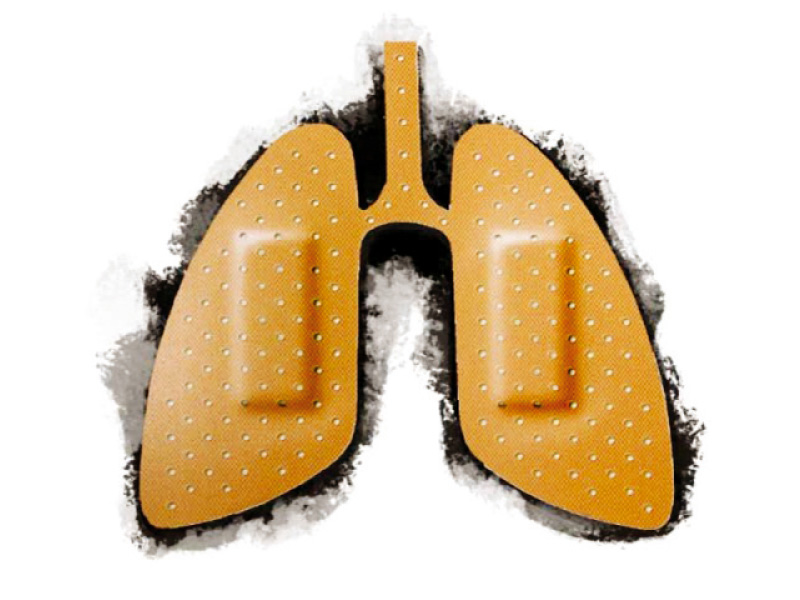
A 93 per cent drop has been witnessed in the number of deaths caused by tetanus between 1990 to 2013, however, the number of mortalities owing to chronic kidney disease and diabetes over the same period increased.
This was revealed in a new, comprehensive analysis of trend data from 188 countries titled “Global, regional, and national age-sex specific all-cause and cause-specific mortality for 240 causes of death, 1990-2013: a systematic analysis for the Global Burden of Disease Study 2013”, published on Thursday in the respected medical journal The Lancet.
The study was conducted by an international consortium of researchers coordinated by the Institute for Health Metrics and Evaluation (IHME) at the University of Washington, according to a press release.
The research revealed that since 1990, Pakistan saw a marked decline in mortality rates from a number of diseases. Deaths caused by tetanus decreased 93 per cent, and diarrheal diseases by 50 per cent from 1990 to 2013. In 1990, these diseases killed 161,309 people, while the death toll fell to 90,277 in 2013.
On the other hand, despite an increase in the number of deaths caused by non-communicable diseases, a 3.4 year increase was seen in life expectancy for both men and women and female at since 1990.
Cardiac diseases, pneumonia and road injuries
Mortality from ischemic heart disease increased by 135 per cent between 1990 and 2013, according to the study, and caused the most deaths, with pneumonia accounting for 28 per cent of all deaths in 2013 among individuals aged 70 and above.
On the other hand, road fatalities were among the main causes of the death for people between the ages of 15 and 49, resulting in the loss of 40,379 lives in 2013.
Child mortality
The top cause of child mortality was neonatal encephalopathy in 2013, killing 64,388 children under the age of 5.
Chronic kidney disease and diabetes
In Pakistan, chronic kidney disease and diabetes took more lives in 2013 than in 1990, with deaths increasing 182 per cent and 175 per cent, respectively.
Different mortality patterns
In Pakistan, chronic obstructive pulmonary disease (COPD) took a greater toll on men, killing 32,469 males and 10,898 females in 2013. By contrast, strokes claimed the lives of 61,289 women and 57,256 men, according to the study.
Experts view
“While we have made much progress in reducing mortality related to diarrheal diseases, Pakistan still loses a large number of children to pneumonia, premature births, and birth complications related to intra-partum events,” said Professor Zulfiqar A Bhutta, the founding director of the Centre of Excellence in Women and Child Health at Aga Khan University.
These findings underscore the need for continued investments in maternal and child health. The overall gains in life expectancy and the high number of deaths related to ischemic heart disease and stroke also underscore the need for parallel investments in reducing the burden of non-communicable diseases, which should receive urgent policy attention at national and provincial level, he said.
Dr. Anwar Rafay, senior Epidemiology and Biostatistics consultant at Contech International, Lahore, said the figure reflected that, “We have achieved great progress in reducing mortality from a number of diseases, reflecting our country’s investments in improving health for its citizens.”
“But we are still seeing children dying and deaths from other conditions are rising. This data is critical to understanding where we’ve been and in identifying where we need to go in order to save more lives in the future. The burden of disease seems to be shifting from infectious to chronic, which also means continuous investment in treatment and increasing burden on the national exchequer,” he added.
“The fact that people are living longer in most parts of the world is good news, but we must do more to address health disparities,” said IHME Director Dr Christopher Murray.
“Only with the best available evidence can we develop policies to improve health and save lives,” he said.
Published in The Express Tribune, December 21st, 2014.



































1713853507-0/MalalaHilary-(2)1713853507-0-270x192.webp)








COMMENTS
Comments are moderated and generally will be posted if they are on-topic and not abusive.
For more information, please see our Comments FAQ